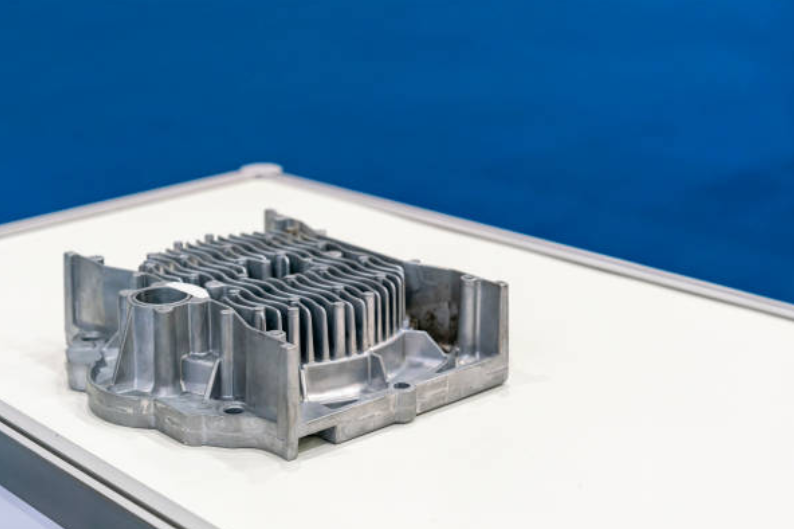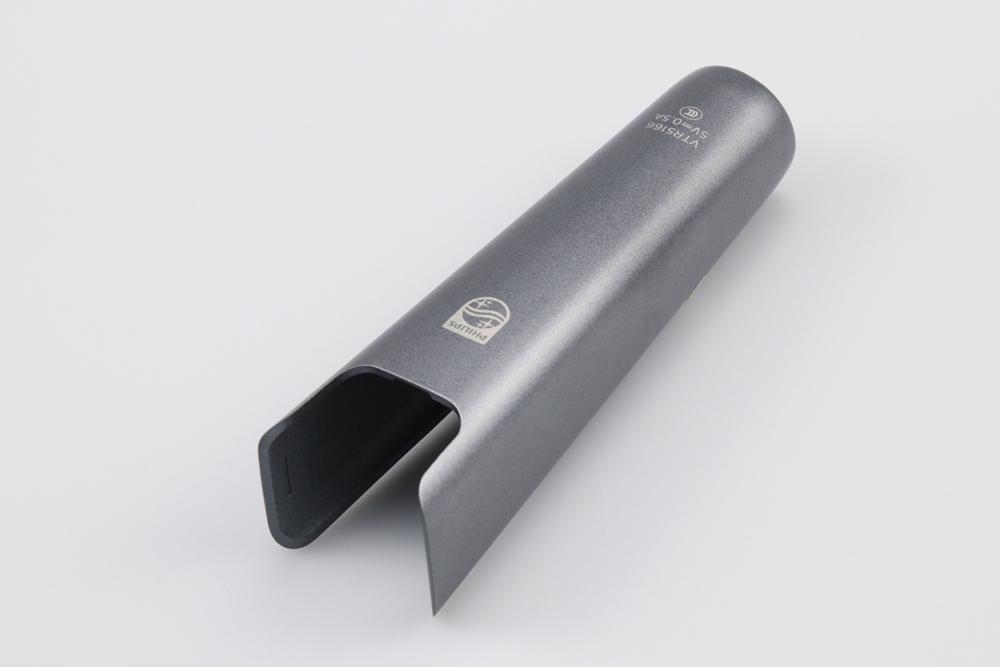What challenges exist in making Zamak die casting processes sustainable?
Energy Consumption and Process Optimization
Although zinc die casting operates at relatively low melting temperatures compared with aluminum die casting, large-scale production still demands continuous melting, holding, and reheating cycles that consume substantial energy. Maintaining molten zinc at approximately 400°C for extended periods can offset the material’s inherent energy efficiency. Advanced furnace design, automation, and thermal insulation improvements are crucial for mitigating these energy demands and reducing emissions in high-output foundries.
The transition to renewable energy-powered furnaces in precision casting remains another major challenge. While technically feasible, the high infrastructure costs and inconsistent supply of renewable power often limit full-scale adoption in many industrial regions.
Material Waste and Alloy Degradation
Zamak is highly recyclable, but repeated melting and recasting can lead to oxidation and impurity accumulation. This may slightly alter the chemical balance of alloys such as Zamak 3, Zamak 5, or Zamak 7, affecting casting precision and mechanical properties. Maintaining alloy purity requires advanced filtration systems and controlled atmospheres—both of which increase process complexity and cost.
While ACuZinc5 and EZAC offer improved strength and wear resistance, their multi-element compositions demand careful management of recycling streams to avoid cross-contamination between alloy families. Ensuring traceability in scrap reuse is therefore essential for long-term sustainability.
Surface Treatment and Environmental Compliance
Surface finishing remains a significant sustainability concern. Although modern alternatives, such as powder coating and electropolishing, provide safer and cleaner options, many manufacturers still rely on traditional electroplating or chromate conversion coatings, which generate hazardous waste. Transitioning fully to environmentally friendly coatings, such as anodizing or passivation, requires both process redesign and capital investment in new surface treatment equipment.
Additionally, balancing corrosion protection, adhesion strength, and aesthetic requirements while staying compliant with RoHS and REACH regulations adds complexity to the management of sustainable surface treatments.
Production Efficiency and Design Limitations
Achieving sustainability in Zamak die casting also depends on optimizing mold design and minimizing production waste. Complex part geometries often require intricate gating systems that increase trimming scrap. Efficient tooling and prototyping validation—via CNC machining prototyping or 3D printing prototyping—are vital to prevent over-engineering, ensure consistent fill, and reduce rejection rates.
However, these process improvements depend on advanced simulation software and precision measurement systems, which smaller foundries may struggle to adopt due to cost barriers. Thus, the scalability of green technology remains a persistent industry-wide obstacle.
Industry Integration and Lifecycle Management
Across the automotive, consumer electronics, and lighting solution industries, there is growing pressure to document full life-cycle sustainability metrics for Zamak components. Integrating end-of-life recycling programs, traceability systems, and green certification into manufacturing workflows requires collaboration between suppliers and OEMs.
While Zamak alloys provide excellent recyclability and process efficiency, achieving a truly circular production model still demands standardized recycling infrastructure and data transparency across global supply chains.



